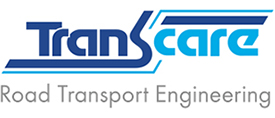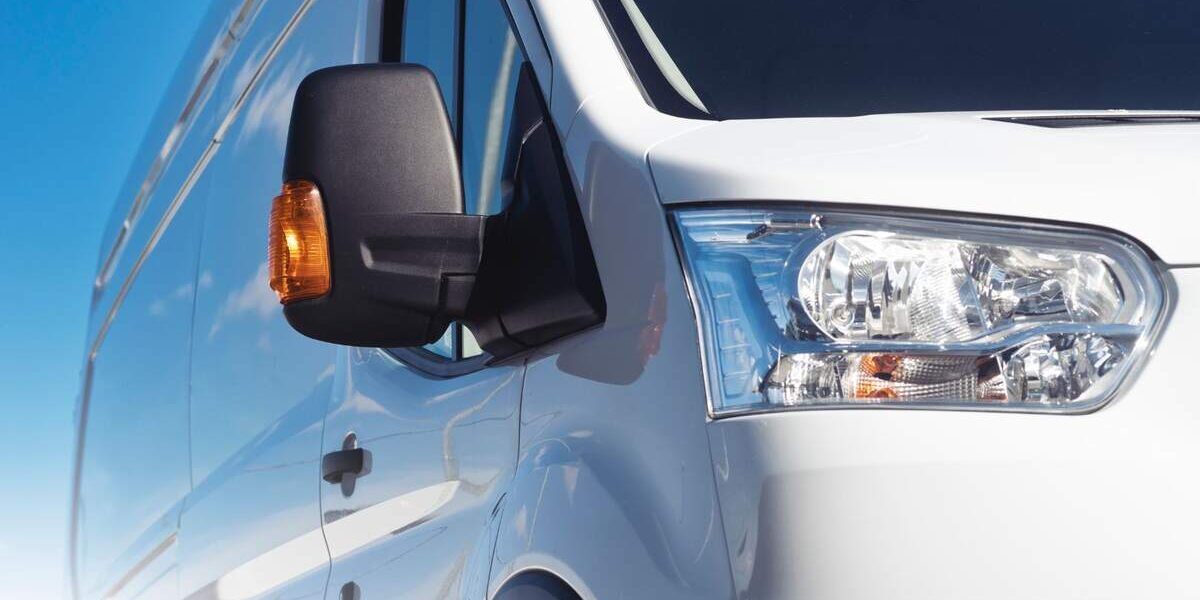If any of your commercial vehicles are fitted with a tail lift, then, by law, they must undergo a LOLER (The Lifting Operations and Lifting Equipment Regulations 1998) Thorough Examination at least twice every year.
This is to ensure that your tail lifts are safe to operate and are in compliance with the necessary regulations when being used in a commercial setting. Read on below as we tell you all you need to know about what a LOLER Thorough Examination entails and why they are important.
What is a ‘Thorough Examination’?
A Thorough Examination under LOLER entails a systematic and detailed inspection of the tail lift equipment and safety-critical parts, and must be carried out by a competent person. This is someone who, as defined in the LOLER Approved Code of Practice and guidance, ‘has the appropriate practical and theoretical knowledge and experience of lifting equipment’, since this will allow them ‘to detect defects or weaknesses and to assess their importance in relation to the safety and continued use of the lifting equipment.’
Expanding on the last part, it is these defects and/or weaknesses that the competent person will be looking for during their examination. If they find any noticeable defects that they deem severe enough to impact the safe operation of the tail lift, then they will verbally notify the dutyholder of these, as well as noting them down in their report.
A copy of this report (which will also include the examination date and the date when the next examination is due) will then be sent to the relevant enforcing authority. Should any defects be found, these will need to be rectified before you can use your tail lift, after which another examination must be carried out to confirm that it is then safe to use.
Tail lifts must be strong and stable enough for their intended use and marked to indicate the safe working loads that they can handle, as well as positioned in a way that minimises any risk to people.
Legal Requirements for Tail Lifts
As well as having a Thorough Examination no less than once every six months, there are other legal requirements that are in place when owning and operating a tail lift. This includes all of the following:
- You should record how you and others are to operate the tail lift safely.
- You must train anyone who is to operate the tail lift so they know how to do so safely.
- The tail lift must be maintained appropriately and accordingly so that it is always safe to use (it is best practice to do this according to the manufacturer’s instructions).
- You should keep all the necessary records regarding your tail lift so that they can be presented to enforcement authorities should they require to see them.
Tail Lift Servicing
Are you in need of a professional to carry out inspections and servicing for your tail lift(s)? Here at Transcare, our skilled technicians have the qualifications and experience to do just that. Whether you need tail lift repairs, weight testing or LOLER inspections, we’ve got you covered.
Get in touch with us today for more information.








